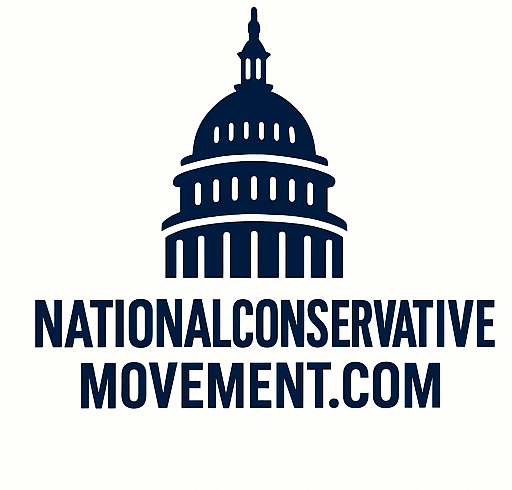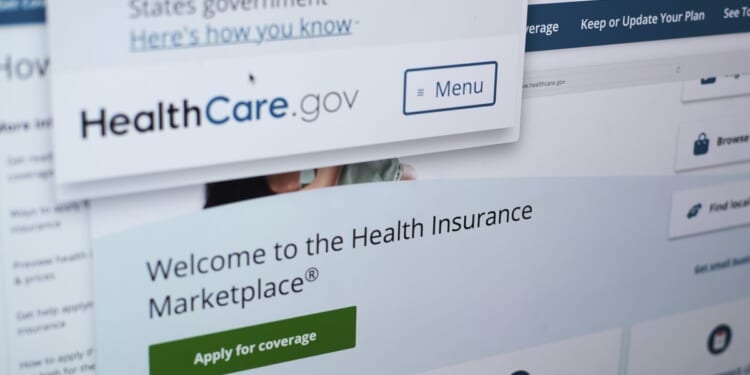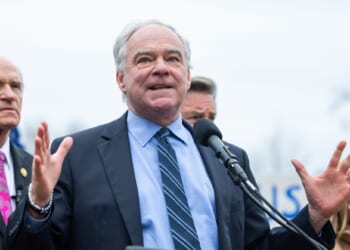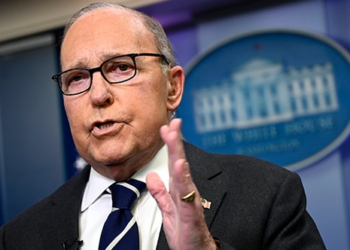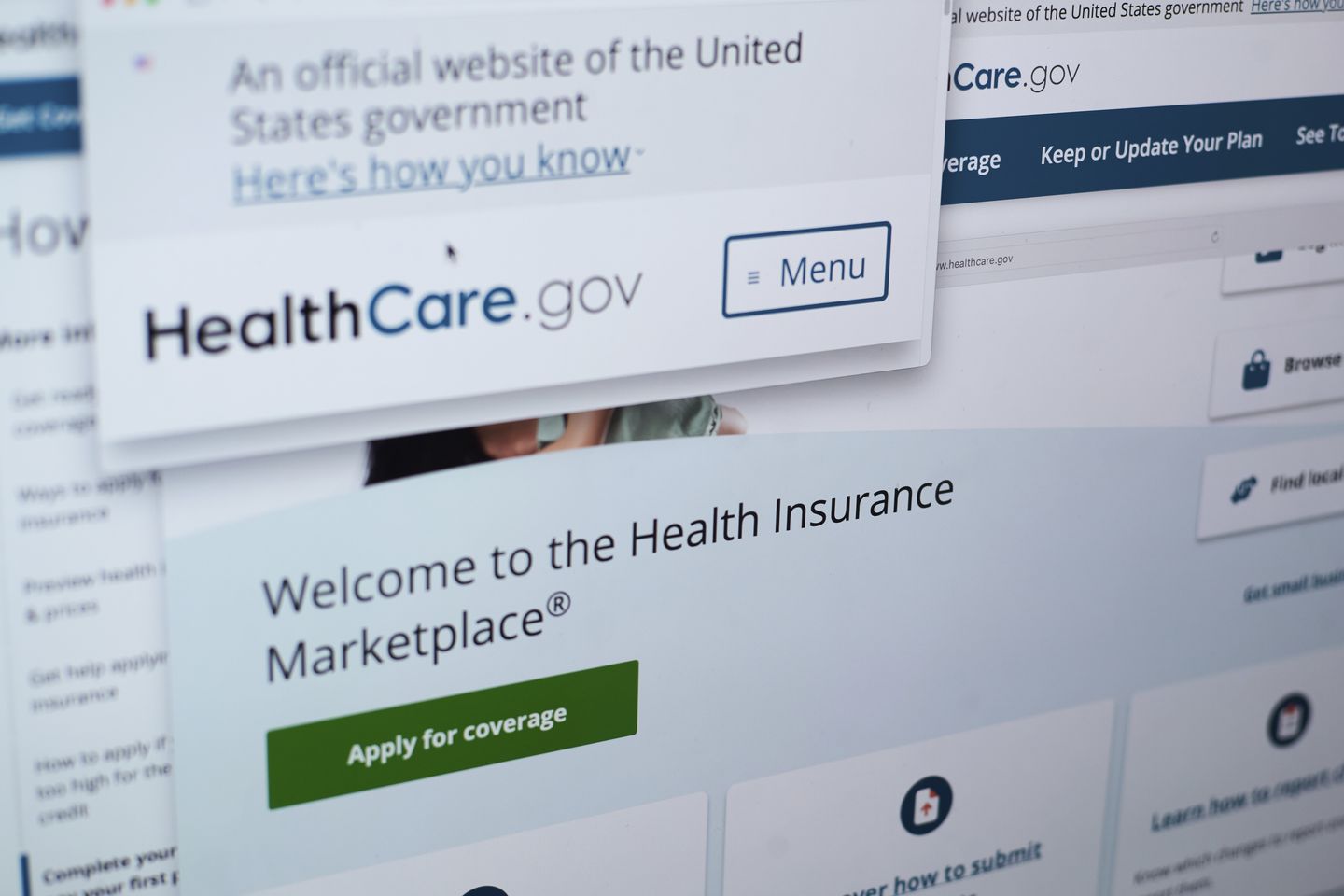
Health insurance premiums are poised to rise quickly due to more Americans using pricey new drugs for weight loss and cognitive disorders, industry insiders say.
The global accounting firm PricewaterhouseCoopers International Limited predicts that the cost of health insurance provided by private employers will jump by 8.5% in 2026, the same rate as this year.
That’s the fastest increase since 2012, when PwC found costs for the employer-sponsored health care market rose by 8.5% two years after the Affordable Care Act became law and began lowering prices.
“Pharmaceutical prices are the main reason for higher costs, primarily because a number of very high-cost drugs have entered the market recently,” Gerard Anderson, a health policy and management professor at Johns Hopkins University, told The Washington Times.
Last year, the Food and Drug Administration approved 50 high-cost treatments for common medical conditions, adding to a post-pandemic surge in pharmaceutical spending on ailments ranging from obesity to mental health.
Examples of drugs approved last year under the Biden administration include Kisunla — an Alzheimer’s disease treatment with a manufacturer’s price of $32,000 a year, or $695.95 per vial — and Cobenfy, an anti-schizophrenia pill that costs $1,850 for a 30-day supply.
Mr. Anderson said health insurance companies typically pass on cost increases in the form of increased monthly premiums a year after such drugs hit the market.
PwC officials tracked annual price increases of 9% to 12% from 2007 to 2010, which they said helped push the ACA through Congress. Annual increases then slowed gradually to 5.5% in 2017.
PwC blames the latest increases on rising hospital expenses, growing demand for diabetes and weight loss medications, and a 45% increase in behavioral health service claims from January 2023 to December 2024.
“Compared to a year or two ago, we’ve moved from pandemic-related rebound effects to more sustained, structural cost drivers,” said Phil Sclafani, a New York-based partner in PwC’s Pharmaceutical & Life Sciences practice. “The return of in-person care, combined with persistent inflation and strong demand for new treatments, is now firmly embedded in the system.”
Obamacare crisis
The Centers for Medicare & Medicaid Services has predicted modest increases for public health insurance. The agency estimated last year that Medicare spending will increase by an average of 7.4% annually and Medicaid by 5.2% each year through 2032.
But some experts warn that a prolonged federal government shutdown could drive those increases much higher.
California Democrats say the Republican-controlled Congress’ refusal to extend pandemic-era Obamacare tax credits will drive up monthly medical bills for their state’s Obamacare marketplace by 97% in January unless something changes.
“California has led the nation in expanding access to affordable health care, but Donald Trump is ripping it away,” Gov. Gavin Newsom, a Democrat, said in an Oct. 2 statement, referring to the so-called One Big Beautiful Bill excluding the tax credit.
The White House pushed back on the claim in an email, noting that Democrats twice failed to extend the tax credits when they controlled Congress during the Biden administration.
“They chose not to,” White House spokesman Kush Desai said Tuesday. “Now the Democrats have shut down our government to die on the hill of pushing free health care for illegal immigrants — a crystal clear reflection of how Democrats would rather play stupid political games instead of prioritizing the American people.”
KFF, an independent health policy think tank formerly known as the Kaiser Family Foundation, reported last month that cutting the tax credit would spark a median increase of 18% in monthly premiums at the nation’s 312 Obamacare providers next year. That’s up from a 7% annual increase last year.
“The expiration of enhanced tax credits will lead to out-of-pocket premiums for ACA marketplace enrollees increasing by an average of more than 114%, with insurers expecting healthier enrollees to drop coverage,” KFF said. “That, in turn, increases underlying premiums.”
Weighing expenses
According to the San Francisco-based KFF, U.S. health care spending will increase from $5.6 trillion this year to $8.6 trillion by 2033.
Medical industry insiders still insist that most of the increase stems from rising drug prices and increased mental health problems since the pandemic — not illegal immigrants or Trump administration cuts.
“Therapists are full with waiting lists, costs are high with or without insurance,” said Thomas Plante, a clinical psychologist and member of the American Psychological Association. “In some respects, it is like insurance costs increasing after natural disasters such as fire and floods: More claims mean more costs for coverage.”
Mr. Plante, a professor at private Santa Clara University in Northern California, said an hour of psychotherapy with an outpatient therapist now costs up to $600 in Silicon Valley. He chalked that up to insurance companies setting rates and soaring living costs for local providers.
Surging prices for weight loss prescriptions are playing an even bigger role in boosting costs.
Mr. Sclafani of PwC said that GLP-1 drugs such as Ozempic and Mounjaro “are significantly contributing to the sharp rise in pharmacy spending” and will begin to show up in premium increases this year.
His accounting company estimates that 8% to 10% of Americans are currently taking the drugs, with another 30% to 35% interested in taking them.
The FDA approved Ozempic as an insulin-boosting treatment for Type 2 diabetes in 2017. In 2021, the agency added Wegovy, a version of the injection approved for weight loss treatment, without obliging insurance companies to cover it.
Both are made by Novo Nordisk. The Danish drugmaker has exclusive rights to sell Ozempic in the U.S. through 2031 and has spent millions on advertising and lobbying to expand its market.
That monopoly forces most patients to pay an out-of-pocket monthly premium of $300 to $1,300 for the injectable drug, which costs about $35 to manufacture.
A Novo Nordisk spokeswoman said in an email that the company this year has lobbied for FDA approval of a new Wegovy capsule that would lower costs. The company has also called for public and commercial health insurers to lower costs by subsidizing more drug costs for 55 million patients.
“Our approach is to meet patients where they seek care through a diversified pipeline and portfolio, offering both subcutaneous and oral delivery options and addressing comorbidities associated with obesity,” Novo Nordisk said.
The FDA approved a rival GLP-1 drug, Mounjaro, for Type 2 diabetes treatment in 2022. Its maker, Eli Lilly & Co., reported an explosion in sales, and the FDA approved the Eli Lilly drug Zepbound for weight loss in November 2023.
A spokesperson for Eli Lilly, an Indianapolis company that also manufactures Kisunla, said a single-dose vial of Zepbound costs as little as $25 a month for insured patients and $349 a month for uninsured patients.
“Denying coverage for these FDA-approved treatments adds to long-term healthcare costs and reinforces stigma,” the Lilly spokesperson said in an email. “The best way to increase patient access is for employers, insurers, and the government to recognize that obesity is a chronic disease and to increase coverage of FDA-approved medicines to treat it.”
The latest estimates show that total spending on GLP-1 drugs in the U.S. increased by more than 500% from $13.7 billion in 2018 to $71.7 billion in 2023.
The Trump administration announced in April that Medicare and Medicaid would not cover GLP-1s, dealing a blow to pharmaceutical companies that expected government subsidies to bring in millions of new patients.
Lisa Cummings, an Oklahoma-based attorney who reviews employee insurance claims for retail, hospitality and health care businesses, said her clients still expect a 9% increase in health costs for expensive new treatments next year.
She said they also expect the number of claims to increase by 5% to 10% in 2026, reflecting steady growth in recent years.
“Reviewing the claims data reveals that some of the costs are due to delayed or missed care during COVID, rise of telemedicine, which lowers the barrier to treatment, as well as an increase in high-cost claimants, those who have claims in excess of $100,000,” Ms. Cummings said.
Correction: An earlier version of this story incorrectly identified the American Psychological Association.
